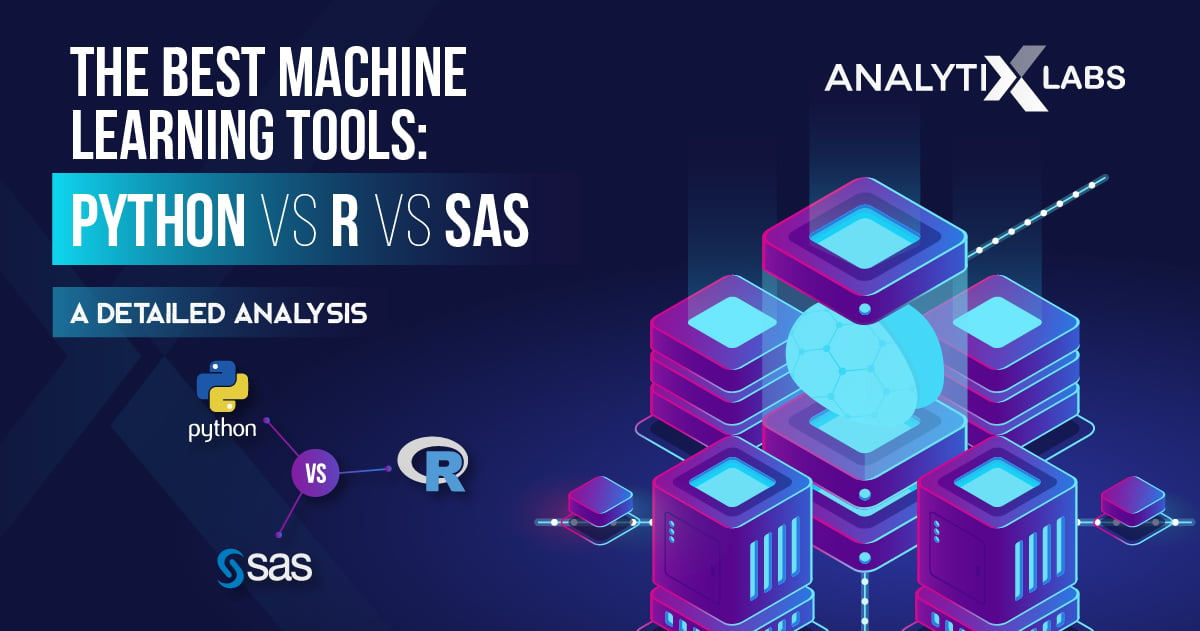
(Download link for e-book is available at the end of the article.)
The field of Data Science is growing rapidly and with the constant influx of varied kind of data, it becomes imperative to have tools that can deal with the various requirements and can solve a range of problems. For a long period of time, the tools that were being used for dealing with data were proprietary based software such as SPSS or SAS. However, things have started to change with the advent of Machine Learning, Artificial Intelligence, Deep Learning and Big Data and this has caused for the requirement of new tools that can work in the new Data Science landscape. Therefore, it becomes important to compare these tools and identify which one is better and why.
As of now, when it comes to Data Analysis or Data Science, the three main tools that are popularly used are SAS, R and Python. The battle for the best tool for Data Science as of now is being fought between these three giants. While SQL and SPSS still have their own space where they work in but still as far as modern-day solutions are concerned, they can be achieved through these 3 tools. There are advantages and places where certain of these tools excel and take a lead over others while there are certain aspects where they lag.
The first aspect to focus upon is the fact that while SAS is a proprietary based statistical software, R and Python are free and open-source software/languages. This difference manifests itself during the adoption of them as the tool for performing Data Analytics and Data Science especially with the small and medium level companies that are highly specialized in specific aspects of Data related operations. While SAS being a closed source software has less flexibility and high cost, it has the capability of providing a more secure and stable platform which is something required by many big corporations and other institutions that deal with highly sensitive data. R and Python on the other hand, because of being open source, has much more flexibility than SAS and virtually cost nothing and has all the capabilities and even more when compared to SAS.
As more and more companies are starting to adopt these open source languages to deal with especially after the introduction of Cloud-Based computing where data can be securely saved causing widespread use of these languages, the next question that is being raised is, which one is better, R or Python for Data Science?
As both the languages are open source, they share the common advantages that SAS lacked such as of being cost-effective, having a vibrant community and as the source code is available, the community helps in getting the software better over time and much more rapidly. Still, there are some aspects where they substantially differ and this is where a person or an organization needs to focus on before adopting any one of them.
Historically, R is a general-purpose language but it was made by statisticians for the statisticians and thus dealing with statistical calculations and models remains its specialty and core strength. On the other hand, Python is a simple high-level language which has multiple areas of application which started from Automation, Networking and eventually reached to Data Science. While the community of both these languages is comparable, the Speed of them is a matter of much debate especially in today’s time when Big Data is picking up with an ever-increasing size of an average dataset. Another area of contest is IDE (Integrated Development Environment) provided by these languages where Python for Data Science seems to take the lead as it gives the user with a range of option to choose from. The fiercest battle between these languages takes place when we explore the packages provided by them in order to undertake various data-driven tasks. Each one of them has packages that counter the other with some being as the top of their class. Other aspects include how routine tasks can be performed especially through automation, the ease of licensing and most importantly- integration of these languages with other platform leading to a smooth and seamless workflow.
Regarding day to day usage, one also has to look into other details as to how easily and effectively can sharing, organization, and managing the work can be achieved if a particular language is chosen over the other. Also, the method through which a product is being created matters in choosing the software to go for because if models are being created using traditional Statistical approach then one may choose R, however, if concepts such as Applied AI and Machine Learning are involved then Python seems to be a better candidate. There are aspects such as Visualization where R takes the lead as it has better packages and a much more robust framework to produce good quality complex graph. This is where SAS is also effective but the cost of it proves to be a burden that many new organizations are not willing to carry.
By and large, if one is deciding to choose from these languages then there is a range of things that have to be studied as an informed decision is required to be taken before venturing into the field of Data Science with any particular tool in hand. The fact that Python is easy to learn gives it an advantage over R but still, as there are a great number of people who have learnt R directly often without any programming experience makes the choice difficult.
In Conclusion, if we strictly go by the numbers then Python users, courses and jobs related to Python Data Science are higher and also on the rise. If we juxtapose these numbers with other significant factors such as the widespread use of Python for Artificial Intelligence which is also the way forward, it can be said that Python seems to be the tool for Data Science currently and also for the upcoming days. Still, if Python wins by a huge margin or not remains a matter of debate, but for most of new age jobs Python, Data Science have become a synonym!

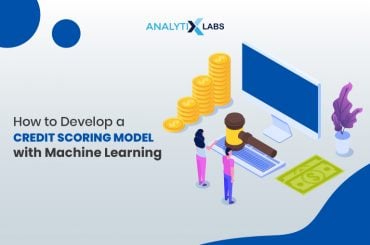
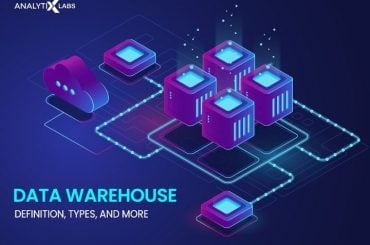
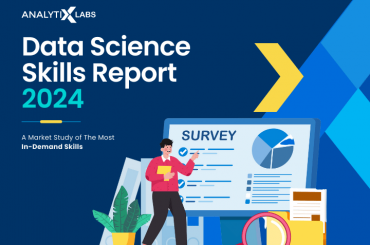
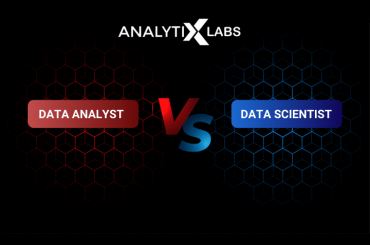



3 Comments
Hello,
Greetings of the day
First of all, I would like you to thank you so much for giving us such information about this Technology like Machine Learning. A few years back Machine Learning was new for everyone but nowadays people are aware of this technology.2 months back I have submitted my project which was related to Machine Learning but it was not as good as it should be. Now in my next project, I will also share a lot about Machine Learning with the help of your mindblowing Article.
Really an interesting blog I have gone through. There are excellent details you posted here. Sometime it is not so easy to design and develop a AI and Machine Learning project without custom knowledge; here you need proper development skill and experience. However the details you mention here would be very much helpful for the beginner.
What i do not realize is in truth how you are no longer really a lot more well-preferred than you might be right now. You’re very intelligent. You already know therefore significantly with regards to this topic, produced me individually believe it from so many various angles. Its like women and men are not fascinated except it is something to accomplish with Girl gaga! Your individual stuffs nice. At all times take care of it up!